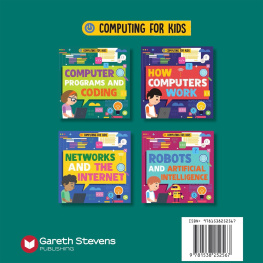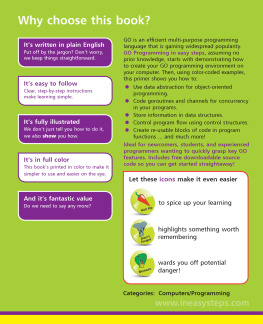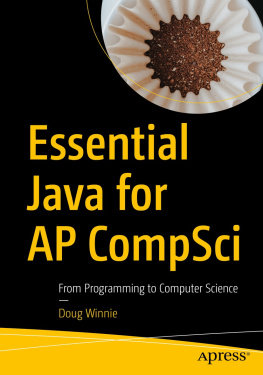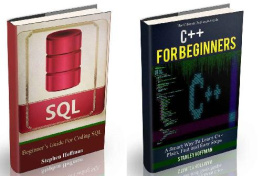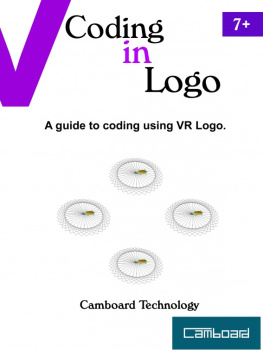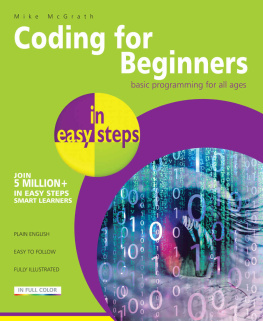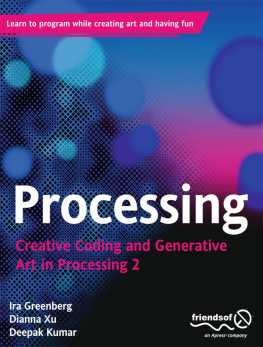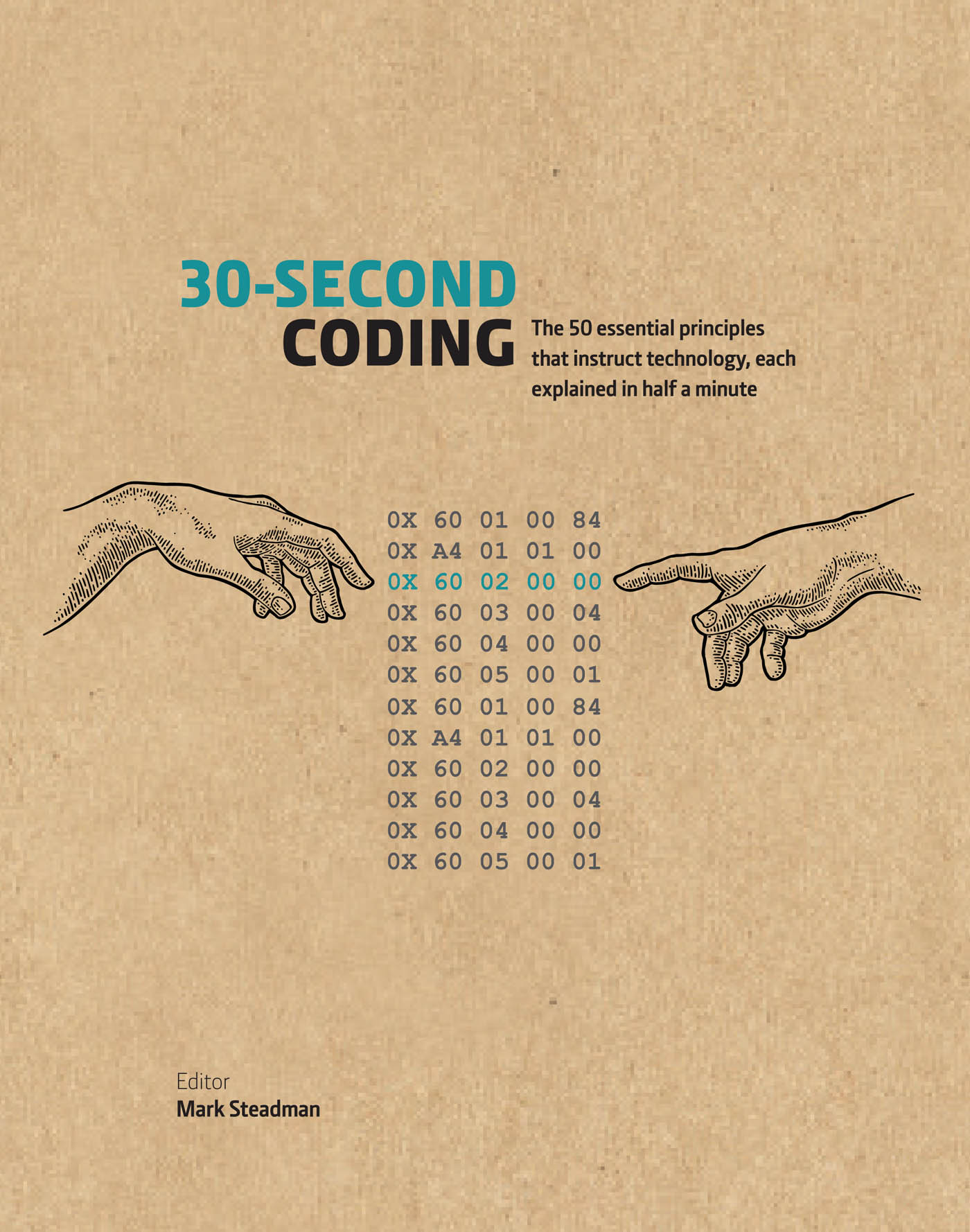Mark Steadman - 30-Second Coding: The 50 essential principles that instruct technology, each explained in half a minute
Here you can read online Mark Steadman - 30-Second Coding: The 50 essential principles that instruct technology, each explained in half a minute full text of the book (entire story) in english for free. Download pdf and epub, get meaning, cover and reviews about this ebook. year: 2021, publisher: Ivy Press, genre: Computer. Description of the work, (preface) as well as reviews are available. Best literature library LitArk.com created for fans of good reading and offers a wide selection of genres:
Romance novel
Science fiction
Adventure
Detective
Science
History
Home and family
Prose
Art
Politics
Computer
Non-fiction
Religion
Business
Children
Humor
Choose a favorite category and find really read worthwhile books. Enjoy immersion in the world of imagination, feel the emotions of the characters or learn something new for yourself, make an fascinating discovery.

- Book:30-Second Coding: The 50 essential principles that instruct technology, each explained in half a minute
- Author:
- Publisher:Ivy Press
- Genre:
- Year:2021
- Rating:4 / 5
- Favourites:Add to favourites
- Your mark:
30-Second Coding: The 50 essential principles that instruct technology, each explained in half a minute: summary, description and annotation
We offer to read an annotation, description, summary or preface (depends on what the author of the book "30-Second Coding: The 50 essential principles that instruct technology, each explained in half a minute" wrote himself). If you haven't found the necessary information about the book — write in the comments, we will try to find it.
Computer code operates behind nearly everything we do from small calculations in the home to complex executions that drive the global economy. It influences who we see, follow, and like online and describes the websites we visit, the connections between them, the sounds heard on Spotify and videos watched on YouTube.
There is very little we do which hasnt, in some way, been codified, analysed, and computed electronically, yet few of us possess a basic understanding of that ultimate language barrier. Thats a shame, because coding is the key to so much. Simple programming concepts can explain plenty about the modern world and the changes to come in the age of AI.
With insightful text edited by computer scientist and technology podcaster Mark Steadman and contributions from other industry experts, learn the origins of computer code, from the first computers developed in during the Industrial Revolution, through the codebreaking machines used during World War II to the hyperfast computers of the present day.
Have all the key terms of this fascinating science explained in simple, bitesize chunks of information-rich text, as well as meeting the key figures who have helped make computer science what it is today.
From algorithms and scripts to block-chain, bits and bots, turn to 30-Second Coding to reveal the secrets behind this fascinating subject.
Mark Steadman: author's other books
Who wrote 30-Second Coding: The 50 essential principles that instruct technology, each explained in half a minute? Find out the surname, the name of the author of the book and a list of all author's works by series.

